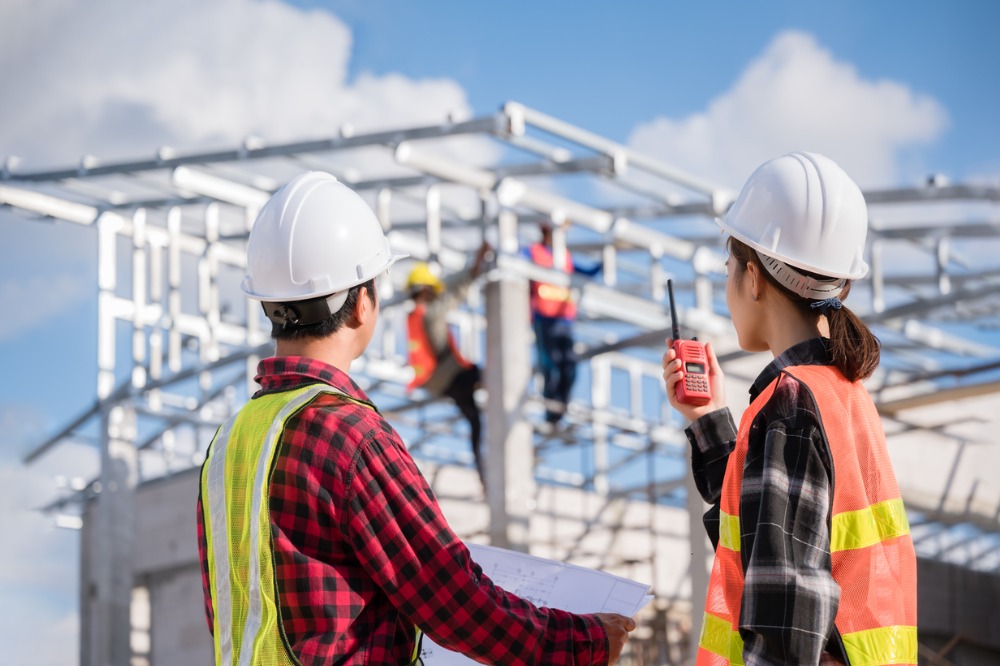Concerns are mounting in the building community, with building approvals hitting their lowest level since April 2012, impacting Australia’s ability to meet its housing targets, said Shaun Schmitke (pictured above), Master Builders Australia acting CEO.
Schmitke’s comments come following the release of the latest figures from the Australian Bureau of Statistics (ABS), which showed an 8.1% decrease in new home building approvals over the month with a total of 11,594 dwellings approved in seasonally adjusted terms.
Daniel Rossi, ABS head of construction statistics, said the overall decline was driven by a fall in approvals for private sector dwellings excluding houses, which fell 16.5%, to the lowest level since January 2012. Private sector house approvals, too, continued to slump, down 3.8% in April, after a 3.7% drop in March.
“The reverses in new home building approvals come in the aftermath of twelve months of rising interest rates and inflation at its highest in over 30 years,” Schmitke said. “The data reflects the cautious approach being taken by developers and consumers in the face of economic uncertainty and high building costs.”
Higher-density home building approvals and home renovations saw the biggest drops, he said, falling 16.9% and 26.6%, respectively.
“Although demand for medium and high-density housing is surging, the pipeline of new stock is rapidly diminishing,” Schmitke said. “The fall in new builds will exacerbate pressures in the rental market at the worst possible time with media reports today showing the portion of income needed to pay rent lifting to the highest level since June 2014.”
The Master Builders boss said that to ensure the building and construction sector continue to address the housing needs of a growing population, governments should look at how their regulations and policies impact the cost of building homes and on the cost of building social infrastructure.
“The upcoming planning ministers meeting provides an opportunity to address these challenges,” Schmitke said.
Master Builders has published its priorities for delivering Australia’s housing needs which can be read here.
ABS data also showed that total dwelling approvals were mixed across Australia, with falls in Queensland (-22.8%), Victoria (-18.6%), and Western Australia (-5.8 %). Rises were recorded, on the other hand, in South Australia (+19.8%), New South Wales (+12.5%), and Tasmania (+3.5%).
Meanwhile, the value of total building approvals rose 4.7%, after a 5.7% fall in March, with the value of total residential building approvals falling 2.5% and the value of non-residential building approvals rising 13.5%.
Use the comment section below to tell us how you felt about this.


